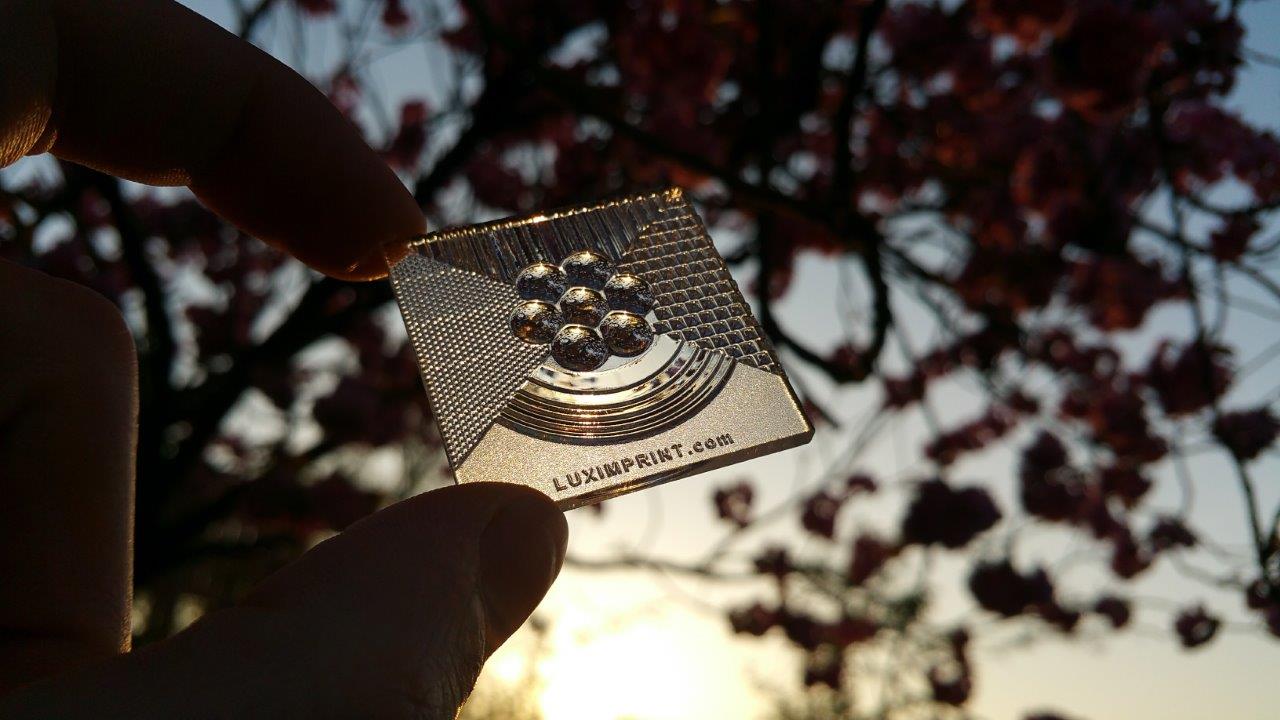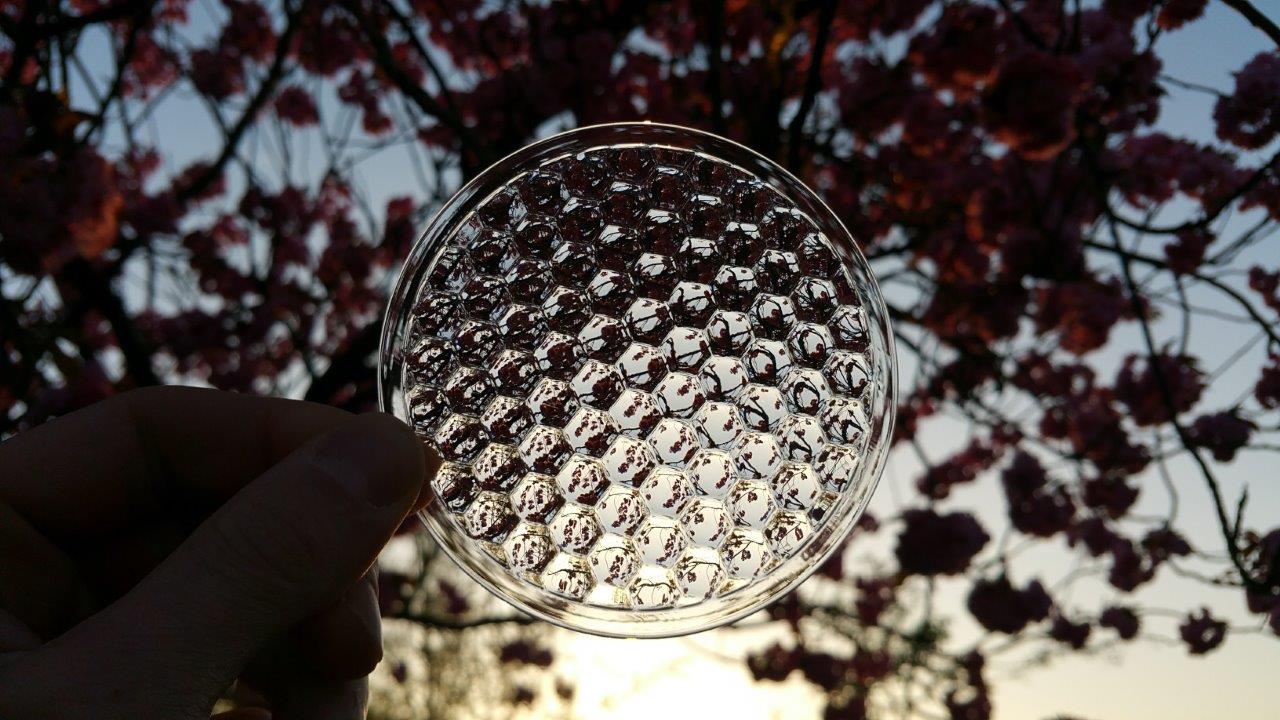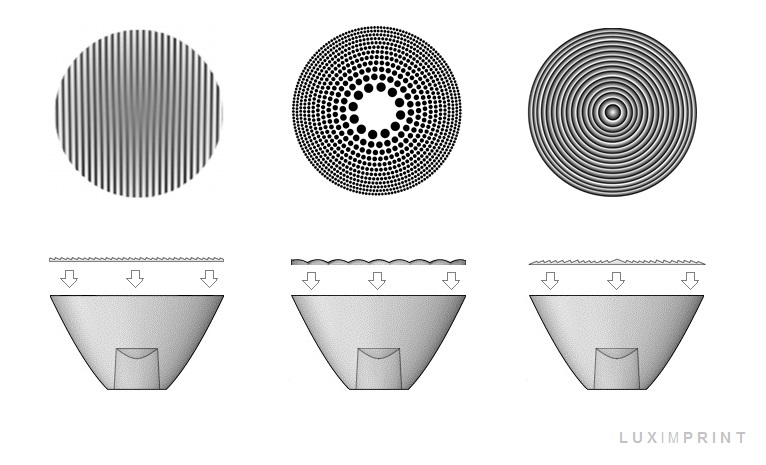Biomimicry and Organic Design: Printed Optics Inspired by Nature
Spring has arrived, at least here in The Netherlands, with temperatures nearing summer values last week. An excellent time to go outdoors, and create some nice footage for our printed optics solutions. Nature has to offer us a lot, and letting yourself inspire by the beauty of it is truly enabling! In this ‘off-topic’ blog-post about ‘Biomimicry’ and ‘organic design’, we’re delighted to share some editor picks about how the beauty and ingenuity of nature inspired some recent projects that we’ve realized for our users.
Biomimicry: Organic Designs inspired by Nature
Where adopting natural and organic elements in the field of design and engineering rapidly evolved after the arrival of 3D printing, design and printing of novel optics at the intersection of technology and biology is a quite unknown phenomenon. The so-called science of ‘Biomimicry’ is a relatively new science that promotes the transfer of ideas, designs and strategies from biology to sustainable human design, increasingly finds its way into the optical field.
“Biomimicry is about striving for the ingenuity of nature in the area of product development, processing and systems”
Organic Design – or Biomimicry, its 21st-century equivalent – related to the design and development of functional lens parts is something rarely seen around us. Not really strange when you imagine that there only a few hands full of experienced optics design professionals active in this field (You can find some of those independant design experts listed in our Optics Design Hub, by the way). Their work might even be hidden for the outer world, most of the time, as their projects are in most cases ‘confidentiality covered’. They simply don’t design end solutions, but their work is part (or better: the enabler?) of the final end product.
Organic design on its own is characterized by soft, fluent lines, holistic shapes that are directly connected with their environments and the use of natural and synthetic materials, such as optical plastics, that easily can be printed in organic shapes.
Unlocking the Mysteries of a Fly’s Eye
One of the ever-inspiring examples of organic design might be the fly’s eye lens. We, human beings, have radars to track flying objects, but a tiny fly might be even better than at tracking and grabbing fast-moving prey. Scientists at the University of Cambridge learned that not only the number of lenses in the fly’s eye but also their variety, help it focus on fast moving objects. Here’s an interesting explanatory video on the research:
3D Printed Fly’s Eye Lenses
At Luximprint, we offer optics prototyping services for custom optical plastics that are intended for functional validation or inspirational usage in engineering and temporary project environments. Fly’s Eye lenses are a common lens type in our portfolio, and can be used in a variety of illumination applications.
3D Printed Facet Lenses – Complexity for Free!
In additive optics fabrication, design and 3D printing complexity is free. Whereas the number of facets to be designed and manufactured might be a limitation for conventional optics fabrication technologies, printed optics offer a freedom in design and fabrication that was never within the reach of designers before.

A wonderful example of Biomimicry: the complexity of a sunflower used to create facet lenses to redirect light.
An intriguing example and another great Biomimicry example is the printed Sunflower Fresnel lens as developed by our creative and revolutionary Optics Design Partner Physionary. More updates on this topic and their exciting work to follow shortly.
For now, thanks for your read, please stay tuned and get inspired!


















